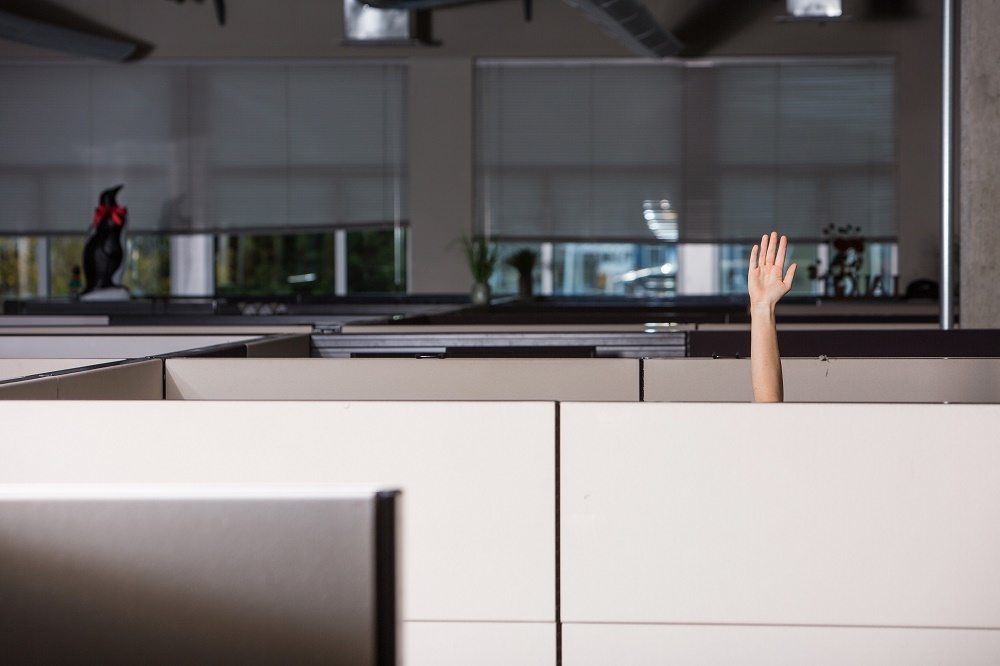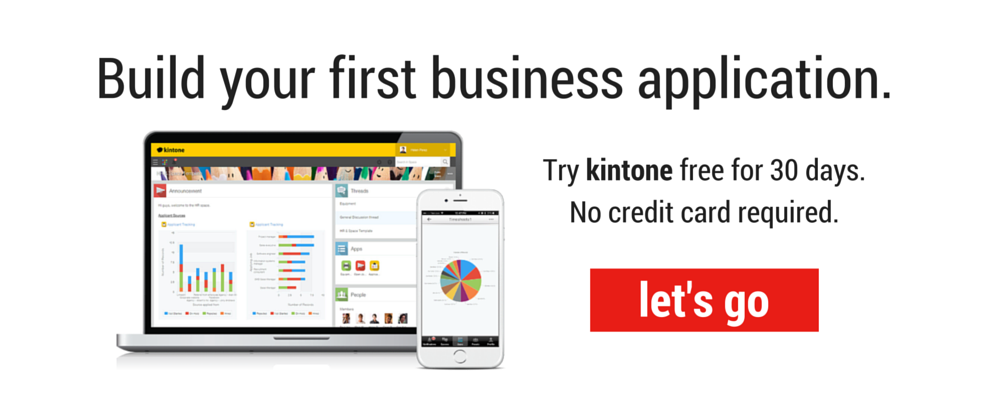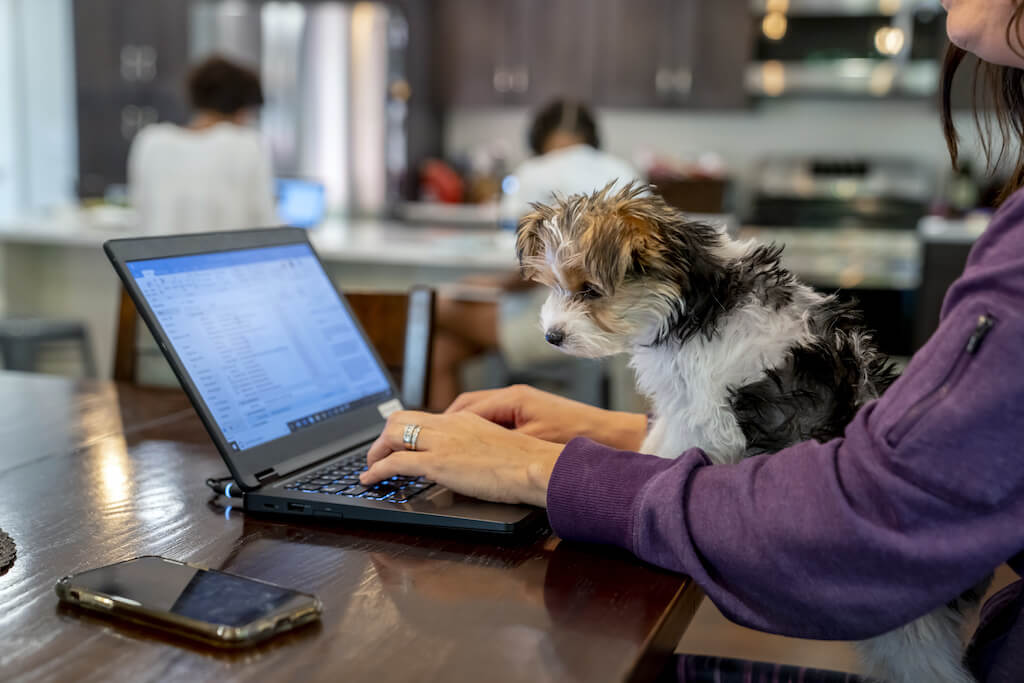Collaboration, engagement, knowledge management, teamwork. You may be fed up with these terms. As a busy professional, you might feel the constant sharing of information with your colleagues isn’t the best use of your time and only holds you back from getting work done.
A German proverb says that a doctor and a boor know more than a doctor alone -- in other words, two heads are typically better than one.
Historically, office floor plans were designed for increasing employees’ productivity with cubicle after cubicle a familiar sight in most corporations. This kind of floor plan encouraged employees to focus on their own projects and allowed them to avoid being interrupted at work. To the contrary, employees tended be oblivious when something happened to their neighbors. They might miss an opportunity to learn about what’s happening outside of his or her team. It's as if they're working as independent contractors.
While working with Toyota in the mid-1980s, a construction company in Midwest removed the partition at their office after learning how Toyota had done a similar thing. It was more than just breaking down silos in engineering and manufacturing, but about creating more communication between employees in different divisions so that they could do their jobs better.
Oobeya is a Japanese word that means “large room,” that usually contains a space where the walls are covered with components of a project, such as a schedules, drawings and metrics.
This form of project management used in Asian companies, including Toyota, is a component of lean manufacturing to help a team manage projects efficiently and speed up the time it takes a product to go to market.
We can see many offices applying the oobeya style floor plan. However, there is another obstacle breaking up the collaborative atmosphere at working place: email.
Email is undoubtedly a great invention. However, email has been creating many black boxes since email contents, for good reason, aren't intended to be shared with the entire organization. So what happens when a customer sends his or her claim by an email but their customer support staff is off on vacation? Email culture can create this cubicle-type of office, but virtually.
Then the Enterprise 2.0 movement, the use of emergent social software platforms within companies, started to become popular in the 2000’s.
However, software encouraged employees to chat with their colleagues about non-business related matters endlessly, i.e. “Did you watch Giants game last night?” or “Have you ever been to a sushi-bar on Mission Street?”
The reason why the movement of Enterprise 2.0 was dismissed was because social software didn’t encourage them to communicate with each other related to their business.
The oobeya concept is team-oriented -- it helps teams visualize the entire product development process. Think of it as the display boards in the office to keep a team on track using a highly structured but simple system.
Kintone is a virtual manifestation of oobeya method that breaks down walls between teams and the information they need to do their jobs accurately and efficiently. That’s what I love about Kintone. I love how my colleagues and I are never in the dark about where a project stands or which sales lead needs attention. We spend less time searching for information in our emails and spreadsheets and more time getting strategic work done.
This kind of transparency and collaboration is especially helpful while I’m working out in the field and need access to the most updated notes about a client or real-time analytics for quick reporting to make smart decisions about where to focus my energy next.
If you’re ready to try out the oobeya approach, you don’t need to invest in demolition tools to tear down the walls at your company. Just give Kintone a try.
About the Author












